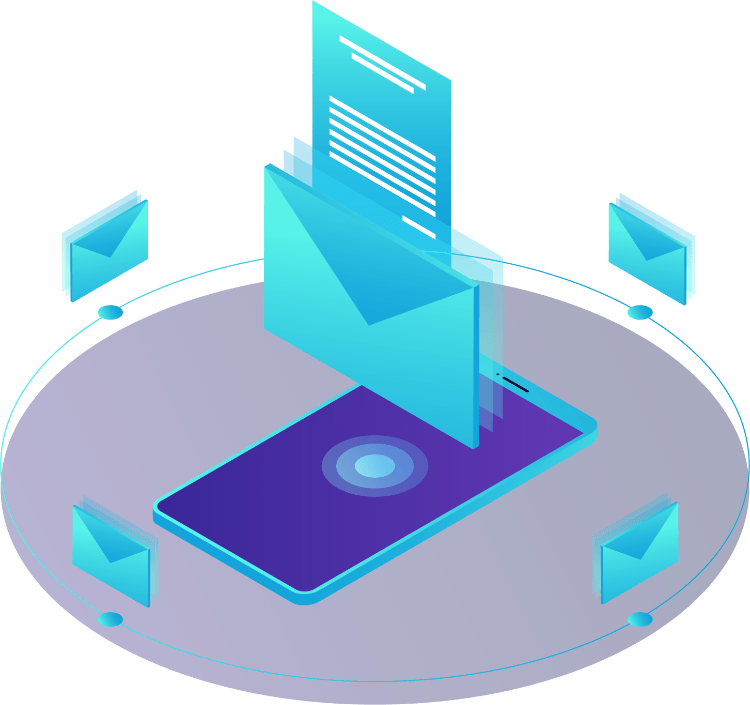Get More Email Opens By Securing Your Brand
An Email Delivery Authentication process that optimizes email performance by preventing spam, fraud and phishing, enhancing your domain reputation, and increasing customer trust.
- Increase Your REACH & REVENUE
- Authenticate All Email Systems
- SPF, DKIM, DMARC = DONE
Humans will review and respond &
we’ll never share your info with anyone.




